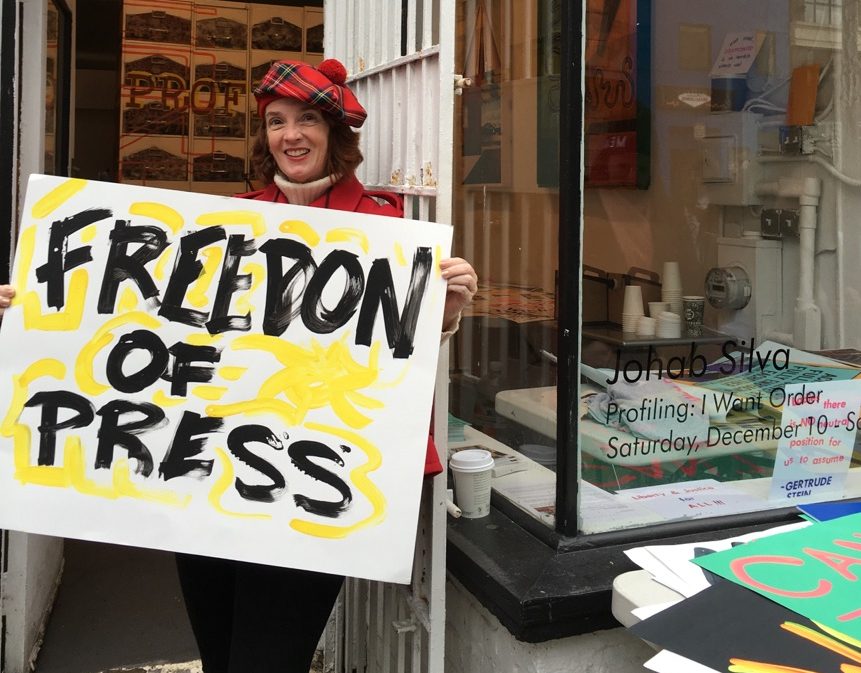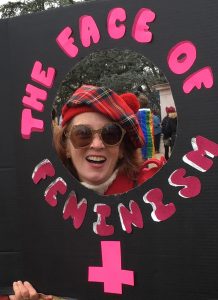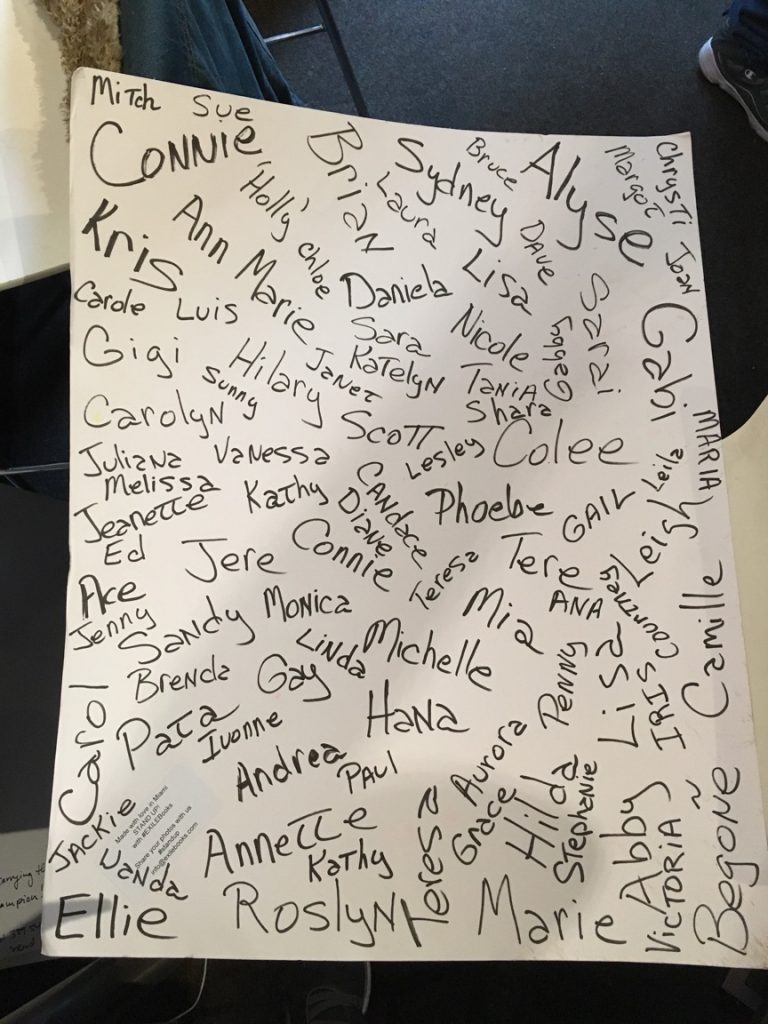

On a day that saw numerous people marching in cities across the world in favor of women’s rights, some members from the University of Miami were adamant about joining and having their voices heard, with some flying to to Washington D.C. to attend the Women’s March on Washington or joining the sister solidarity march at Bayfront Park.
The march held in D.C. was the first event to be organized as a result of President Donald Trump’s victory over Hillary Clinton in November. Later on, other cities, including Miami, would decide to have their own event, like the Women’s Rally of South Florida, to stand in solidarity with those marching in the capital.
In D.C., there were over a million people, according to the Washington Post, that swarmed the same streets where Trump had paraded through following his inauguration the day prior, outnumbering the attendance of his own ceremony. In Miami, estimates by the Miami Herald peg more than 10,000 attendees.
Senior Alexis McDonald, majoring in electronic media, initially met some obstacles while trying to get to the Women’s March on Washington, but was unyielding to partake in a march on the streets where so many other historical ones had taken place.
“It’s historic to march in Washington. There were so many others before that led to momentous changes,” she said. “When people write this event in the history books because of the large protests … they will directly mention Washington, and I wanted to be a part of that.”
The march saw an overwhelming amount of people from all walks of life, with quirky signs that disparaged Trump and poked fun at his wife, first lady Melania Trump, along with more serious signs highlighting how women’s – or LGBT, blacks’ or Muslims’ – rights were basic human rights.
“I saw young boys and girls, gay men and women, people of different color, just the wide scope of representation was what stood out,” McDonald said. “You had everyone there, speaking about different things. It was just such a diverse group of people with so much connectivity.
Heidi Carr, lecturer of strategic communications at the School of Communication, was excited to be part of a march she said she believes in for the first time. As a former journalist, she covered multiple protests but could never be part of it because of journalistic ethics.

For her first march, she brought a sign that read “freedom of press,” a cause that resonates with her. The back of her sign was full of names of friends, colleagues, current and former students, who could not make the trip to D.C.
“Everyone in my life is either, professionally, from the world of journalism or the world of UM, which is the School of Communication,” Carr said. “It was a matter that was important to me.”
Her sign, like many others, is now in the backyard of the White House, thrown over the fence in an effort to provide the president with the different concerns that people have.
“I decided to leave the names of the people who couldn’t come at the White House,” she said. “They share my concern in spirit.”
Apart from First Amendment issues, she also voiced concerns about the gender wage gap in the United States. Carr said she discussed the topic with other participants throughout her time in the march.
“I was over-the-moon, everyone was talking with each other in this once in a lifetime experience about the bias against women,” she said. “I was born at a really good time for women, and then it got stagnant and things haven’t progressed in a really long time.”
On the day where the march was the central focus, she said she hopes it could send a message to Congress that women’s voices should not be neglected.
“This is definitely a catalyst to get it to continue,” she said. “A lot of the signs by people was about midterm elections and either they have to do something or stop bad things from happening.”
In Miami, the Bayfront Park Amphitheater was used as South Florida’s rally and marching grounds, until it quickly reached maximum capacity. Protesters were denied entry and eventually settled to marching and chanting on the streets.
Senior Nikki Pereira, majoring in economics and international studies, could not fly to D.C. but was determined to be “part of the movement.”
“The march at Bayfront was incredible. The best part is we are marching with others across the nation at the same time,” Pereira said. “To see how far this movement has spread is unbelievable.”
Kelley Hammeran, a junior, was protesting on the streets after she was denied entry into the amphitheater. She said she hoped in her “small way” that she can contribute in changing Trump’s “bigoted stance on certain issues.”
“I believe civil disobedience and peaceful protesting is a great way to democratically draw attention to issues and policies,” Hammeran said. “It feels nice to know there was such a huge turnout all around the nation of people willing to stand up for their rights and the rights of others.”







